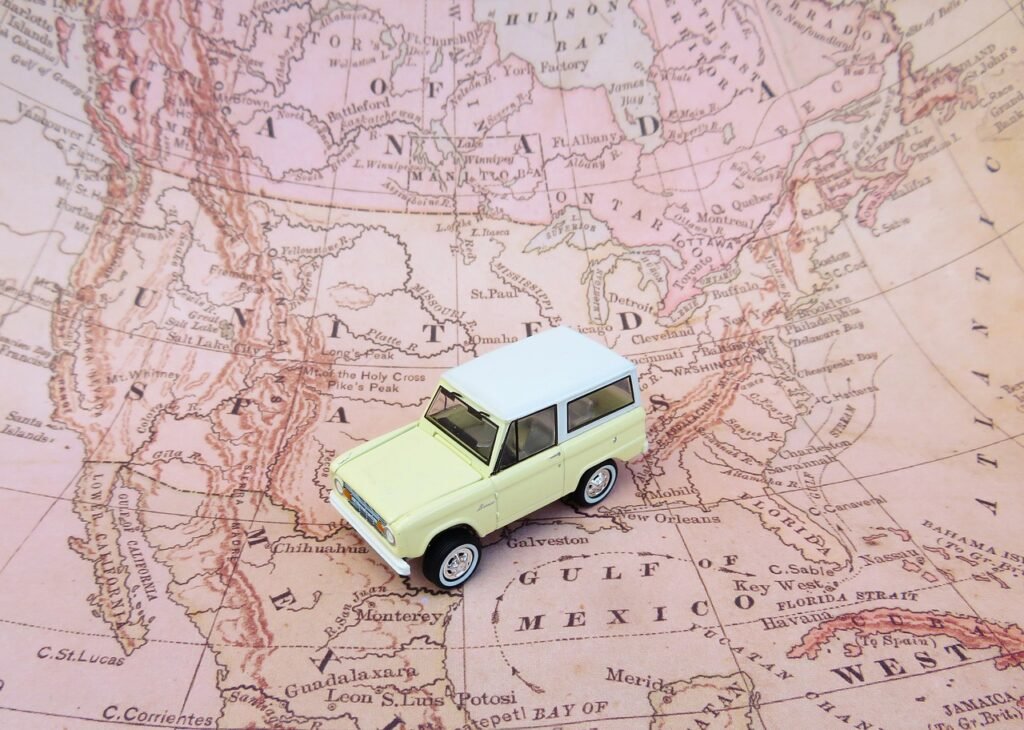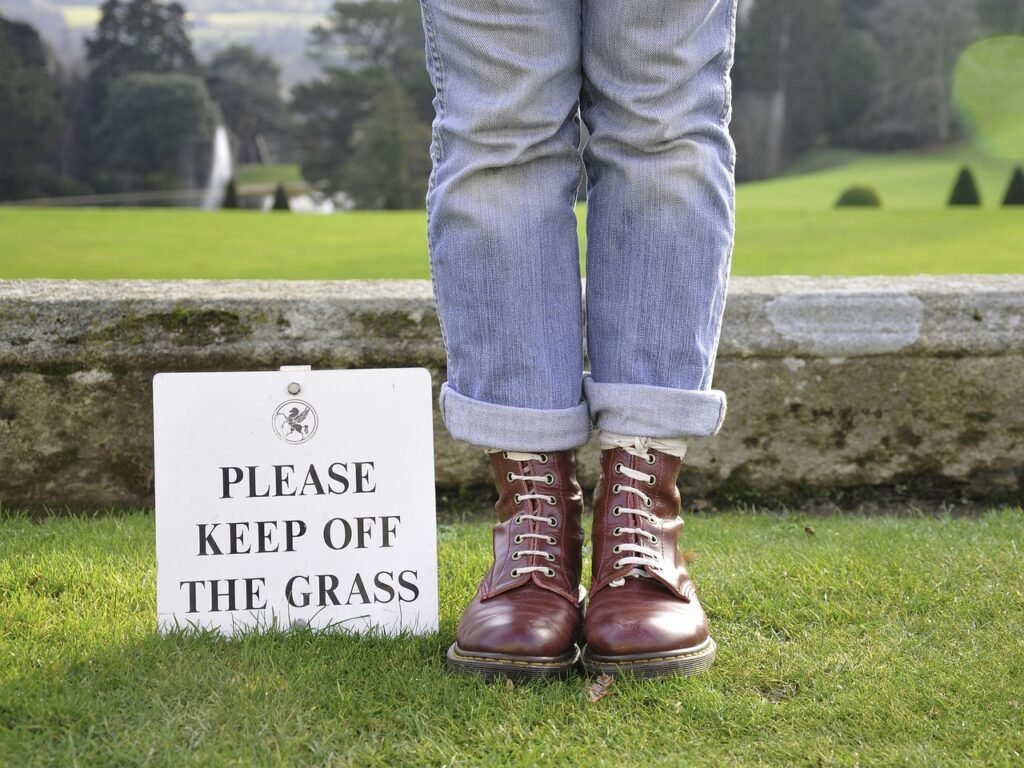So, you’ve mastered the local weekend getaway, and now you’re ready to venture beyond state lines. Maybe you’ve been thinking about seeing new places, eating at roadside diners you’ve never heard of, or just feeling the freedom of the open road in a way that’s different from your usual routine.
I completely understand how it can feel intimidating, but here’s the thing—it’s easier than you think once you break it down. Let’s talk about how to prepare for your first interstate road trip, so you can enjoy the adventure without the stress.
Planning Your Route: Start with the Big Picture

First things first—where are you headed? Planning an interstate road trip is like leveling up your local weekend drives, but you’ve got more distance to cover, and with that comes a few extra considerations.
GPS vs. Paper Maps
We’ve all got our smartphones these days, and apps like Google Maps or Waze make navigation a breeze. But here’s a tip from someone who’s been there—don’t rely entirely on your phone. You never know when you’ll lose service, especially in more remote areas or national parks. So, go ahead and download offline maps before you hit the road.
If you’re a member of AAA Automobile Club, you can also go to any office and they’ll give you paper maps for any area of the country, free of charge.
Personal Story: On one of my earlier trips, I was driving through a stretch of highway in the middle of nowhere, when suddenly my GPS lost signal. I didn’t have a paper map, and let me tell you, staring at miles of desert with no idea where to turn next can make you wish you’d thought ahead. A simple printed map could’ve saved me some serious stress.
Points of Interest Along the Way
One of the best parts about interstate road trips is discovering those quirky stops you’d never find close to home. From giant roadside attractions to hidden hikes and beautiful scenic overlooks, planning a few points of interest can break up the long drive and make the journey just as fun as the destination.
Before your trip, spend some time researching cool spots along your route. Trust me, you’ll thank yourself when you’re on hour four of driving and need a reason to stretch your legs.
Weather Checks: Prepare for the Unexpected
Another thing you’ll want to keep an eye on is the weather—especially if you’re crossing through different climates. If you’re heading from a warm state to a cooler one (or vice versa), be prepared for those changes. I’ve driven from the Nevada desert into snow-covered Montana in a single day, and I wasn’t exactly ready for the sudden temperature drop.
Check the weather forecast for your entire route, not just your final destination. And if you’re heading into unfamiliar weather, pack accordingly. Layers are your friend!
Packing Smart: What to Bring on Your Interstate Road Trip
When you’re used to short weekend trips, packing light becomes second nature. But when you’re heading across state lines for a few days or more, you’ll want to make sure you’ve got everything you need without overloading your car.
Essentials for the Car
Emergency Kit: If you don’t already have one in your car, now’s the time. A basic emergency kit should include things like jumper cables, a flashlight, a tire gauge, and maybe even some extra fluids for your car. You don’t want to be stuck on the side of the road without the tools to help yourself out.
Spare Tire: Double-check that your spare tire is in good condition and that you know how to change it if needed. Flat tires happen and being prepared is half the battle.
Snacks and Water: Long stretches between towns can leave you hungry or thirsty, and there’s nothing worse than trying to enjoy the scenery while your stomach’s growling. I always pack a small cooler with drinks and snacks to keep me going. It’s cheaper and healthier than relying on gas station food.
Storytime: On one road trip, I ran out of water in the middle of a long stretch. It wasn’t until I pulled into the next gas station (which was over 100 miles away) that I realized just how important it is to keep enough water in the car. Now, I always make sure I have a gallon or two, just in case.
Comfort Items
Pillows and Blankets: Even if you’re not camping, having a pillow and blanket can make a huge difference on long drives. You never know when you might need a quick nap at a rest stop.
Entertainment: Audiobooks, podcasts, or playlists are road trip lifesavers. Plan ahead so you’re not stuck cycling through the same five radio stations. I like to download a few podcast episodes and playlists before the trip starts—no need to rely on streaming when you’re out of signal range.
Staying Safe on the Road
Safety should be a top priority on any road trip, but it becomes even more important when you’re crossing state lines and potentially driving through unfamiliar areas.
Car Maintenance: The Pre-Trip Checkup
Before you hit the road, it’s a good idea to give your car a little love. Get an oil change, check your tire pressure, and make sure all your fluids are topped off. If your car has been making any strange noises, now’s the time to get that checked out. The last thing you want is a breakdown in the middle of nowhere.
Personal story: Before one of my longer interstate trips, I decided to skip the pre-trip maintenance because I thought, “It’s fine, I’ve been driving it every day.” Fast forward a few hours into the trip, and I was stuck on the side of the road with my radiator boiling over. Lesson learned—the couple hours you spend prepping your car are worth the peace of mind.
Know the Road Rules in Other States

This might not be something you’ve thought about before, but road rules can vary from state to state. Some states are stricter about speed limits, seatbelt use, open carry, or even passing laws. It’s worth taking a few minutes to look up any key differences, especially if you’re heading into a state you’ve never driven in before.
Accommodations: Where to Stay
When you’re driving across state lines, you’ll likely need to think about where you’re going to stay each night. The great thing about road trips is that you have plenty of options.
Hotels, Motels, and More
If you’re not much of a camper (or you just want to stay somewhere with a real bed and shower), you can easily find motels or hotels along your route. Apps like Hotels.com or Airbnb can help you book places on the go, so you don’t always have to plan everything in advance.
Pro Tip: When booking last-minute, try to stop in smaller towns instead of big cities. You’ll often find better rates, and it can be a nice change of pace.
Camping Along the Way
If you’re into the great outdoors, camping is a great way to save money and enjoy the natural beauty of your trip. National parks, state parks, and even some private campgrounds offer affordable spots to set up camp for the night. Just be sure to check ahead if you need reservations, as some popular places can fill up quickly.
Managing Long Hours on the Road
One thing that catches a lot of first-time interstate road trippers off guard is just how long you might be sitting in the car. It’s one thing to drive a couple of hours for a weekend getaway, but spending six, seven, or even more hours in the car can wear you down if you’re not prepared.
Taking Breaks
You’re going to need breaks—both for yourself and for your car. Plan to stop every couple of hours to stretch your legs, grab a snack, and refuel (your body and the car). Even if you don’t feel tired, it’s important to get out of the car and move around. Trust me, your back will thank you later.
Stay Alert: Avoiding Road Fatigue
It’s easy to zone out when you’re on long, straight highways for hours on end. But road fatigue is real, and it can be dangerous. Keep yourself alert by listening to music or audiobooks, keeping the air fresh with the windows cracked, and switching drivers if you’re traveling with someone else.
If you start feeling sleepy, it’s time to pull over and take a break—no exceptions. Drowsy driving is just as dangerous as drunk driving.
Final Thoughts: Enjoy the Journey
An interstate road trip is a great way to see new places, challenge yourself, and enjoy the freedom of the open road. Sure, it’s a bit more involved than a local weekend getaway, but the sense of adventure is worth it.
The most important thing? Don’t stress too much about the details. Preparation is key, but part of the fun is discovering new things along the way. If something doesn’t go exactly as planned, embrace it as part of the experience. With the right mindset, your first interstate road trip could be the start of a new favorite tradition. Once you’ve got that under your belt, it’s time to plan your first cross-country road trip.
Explore more. Fear less.
- Why Road Trips are One of the Best Ways to Clear Your Mind - November 21, 2024
- 10 of the Best Pumpkin Patches in the U.S. - October 23, 2024
- 10 of the Most Colorful Fall Road Trips in the U.S. - October 22, 2024
